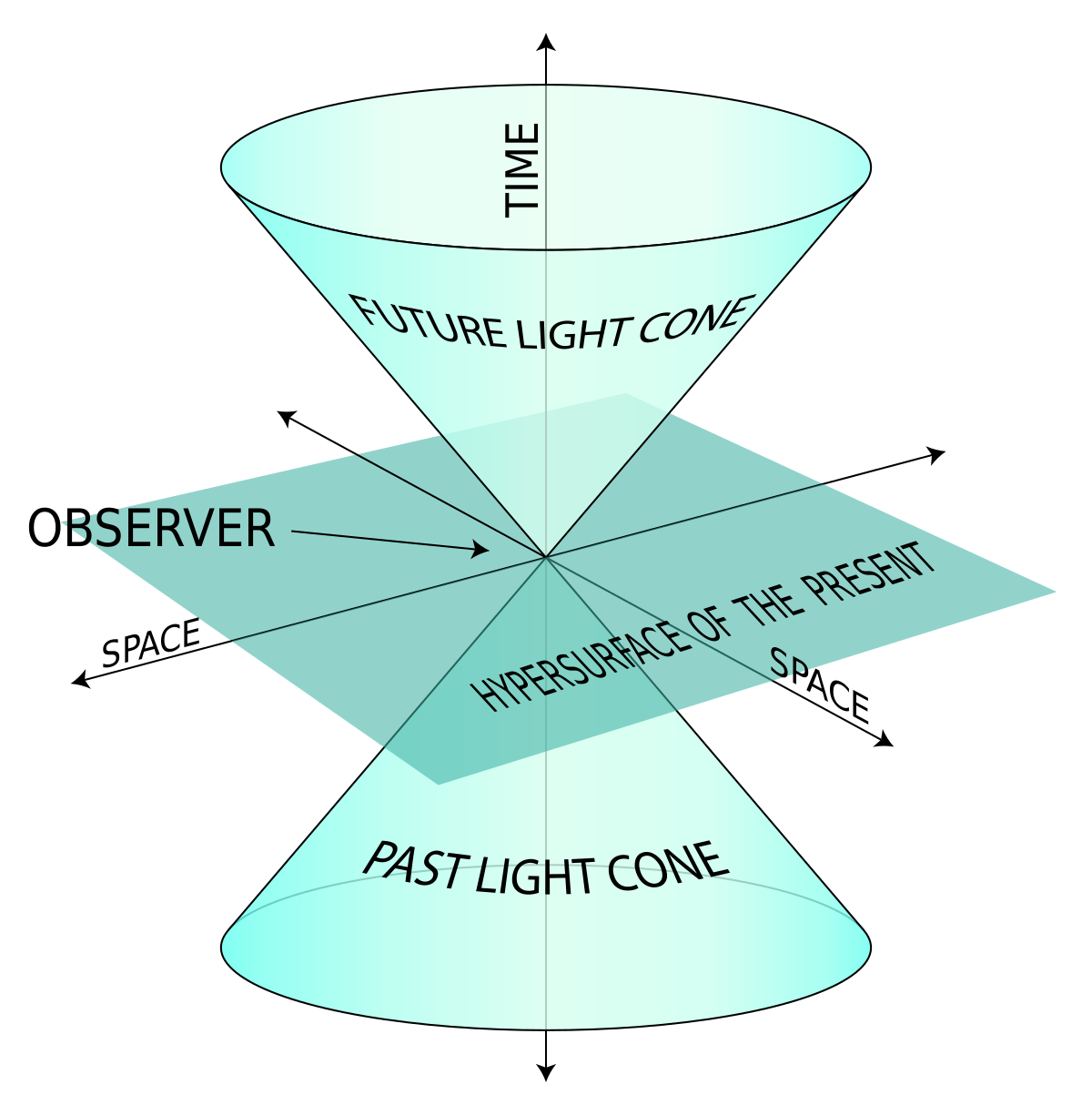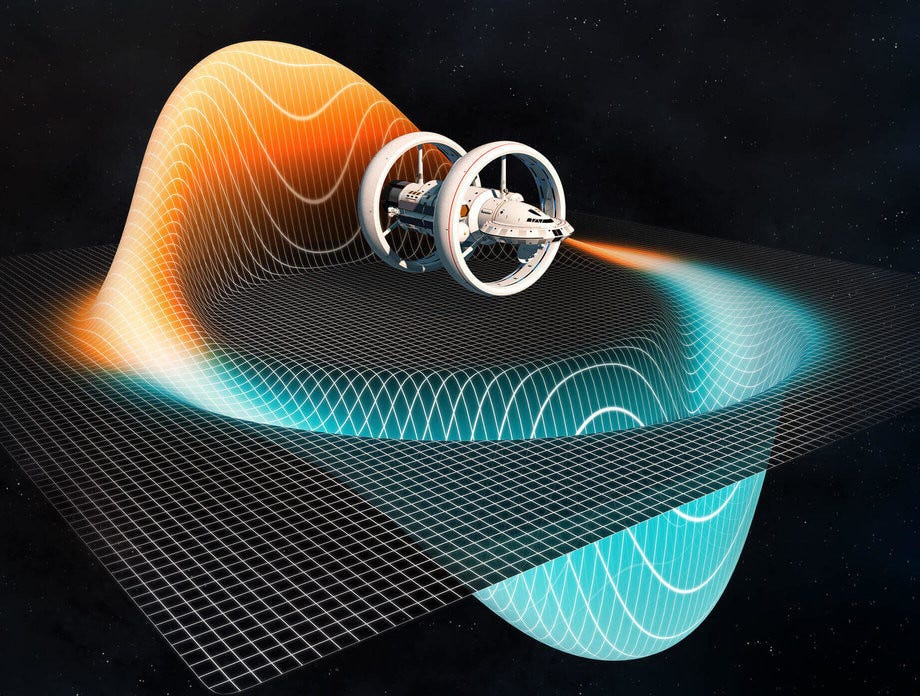AKA: There is no cause for alarm, it’s all relative
The question that prevents us from achieving our Star Trek dreams of interspecies cooperation and space communism as imagined by liberals. For years – decades, even – we’ve heard about the speed of light and its absolute nature, and sci-fi has quietly slid around the idea through all sorts of handwaves: hyperspace, going to a space wherein things are closer together or the speed of light is different; warp engines, which abuse the piss out of a technicality; and jump engines, that kinda laugh at this whole “speed” thing by not so much moving between places, as they do move the places themselves. And that’s not to mention wormholes, a layman’s term for any number of disparate phenomena!
But none of these answer the question of why? What mechanics of the universe preclude going faster than light? As an aside before we begin, I am studiously ignoring the concept of tachyons, because they only really make sense as a fun math experiment rather than a serious suggestion for FTL stuff. Seriously, how the hell is something supposed to have imaginary mass? When you do weird shit with your bank account, you don’t have imaginary money, you have bankruptcy! It just doesn’t–

So the biggest factor here is the fact that “speed of light” is something of a misnomer. The speed at which light moves only coincides with the universal speed limit by dint of what light is. Rather, the speed of light is merely a product of a far more fundamental limit: the speed of causality, or in other words, the maximum speed at which events may propagate.
Is your mind blown yet? No? Well damn, you’re doing better than I am when I first heard this!

But what does that actually mean? How is that even possible? Why is it even like that in the first place? Great questions! Let’s do a thought experiment. Imagine that the Sun just vanishes one day. I’m sure you’ve all heard the whole “we wouldn’t even know that it’s gone for 8 minutes” thing, but I’m going to take it a step further and assert that, until those eight minutes are up, the Sun effectively still exists for all intents and purposes. Every single last one of its influences on Earth – photonic, gravitational, and… neutrino-cal??? – spread at the speed of causality. There is absolutely no way to tell that the Sun has vanished until the Sun vanishes, unless the cause of this strange incident gives us some kind of warning. And even then, we can’t actually tell, we can only reasonably guess. We’d stay cruising about as if nothing had happened, because from our perspective, it hasn’t. This idea is sometimes referred in the astronomical community as “ghost light” – spooky!
As far as we can tell, this rule holds up (almost) everywhere. With the exception of the expansion of the universe itself, no phenomenon can make anything go faster than light, at all. “But Dee!” You might be thinking, “doesn’t the expansion of the universe mean that we could? Isn’t that what Miguel Alcubierre thought when he proposed real-life warp drive?” You’re a very well-read one, well done! Unfortunately, I don’t think that holds up. In the model of universal expansion, as far as I can figure (and I’m not a cosmologist, so anybody with more knowledge can feel free to correct me!), nothing’s actually moving in that equation. It’s kind of like if you’re driving between places, and suddenly, a whole bunch of land pops up between you and your destination. Nobody’s moved, ultimately, there’s just more ground to cross. This idea might sound insane, but that’s actually what scientists reckon drives universal expansion. Yeah, physics is fucking weird.

“But Dee! You mentioned wormholes, too! Don’t those let you go faster than light as well?” Wow, hypothetical reader, you’re really onto it today. No, they don’t. My preferred metaphor for how wormholes work is imagining a tunnel through a mountain. If you drive through the tunnel, it’s faster than driving around it, but you’re still doing the speed limit while you’re in the tunnel. In the same way, a beam of light passing through a wormhole will always outrun you. All of this, of course, ignores the elephant in the room that is the fact that current physics suggests that a wormhole needs negative energy to stay stable, or else it’ll just collapse into a pair of black holes, and also the fact that the energy required to form a wormhole is so great that it outscopes the magnitude of the entire universe, and the fact that there’s no reason to believe that it’s possible to form a wormhole pair from a distance, so you have to make both ends at the same location and then ship them over to the destination at slower-than-light speeds, and… you know what, phew, this has been a long and really dry post, let’s just call it here for now, shall we?

So, we come to the end of this mad rant about why FTL doesn’t work. I think, next time, we should get into how it would work if it could work. That’s way more fun than poo-pooing everybody’s space dreams.

